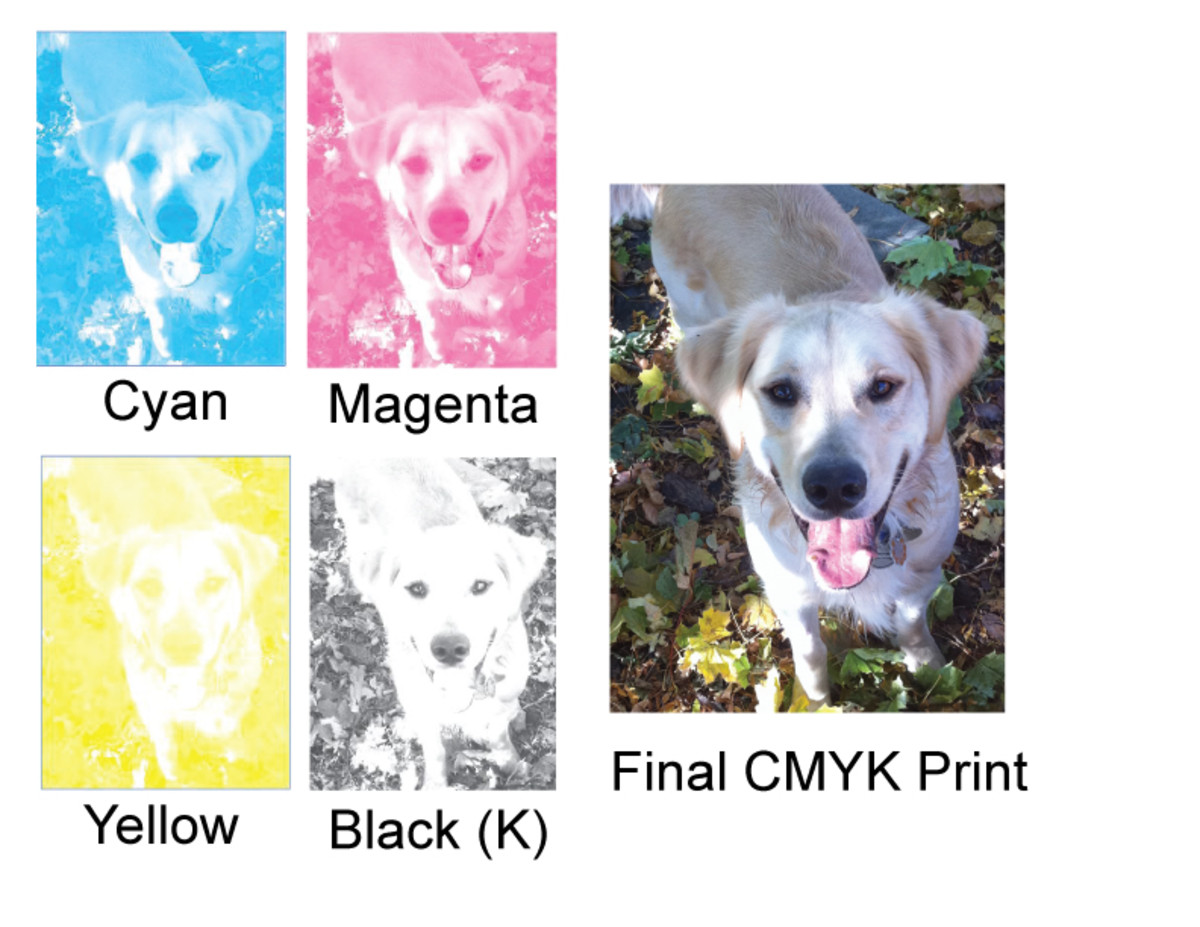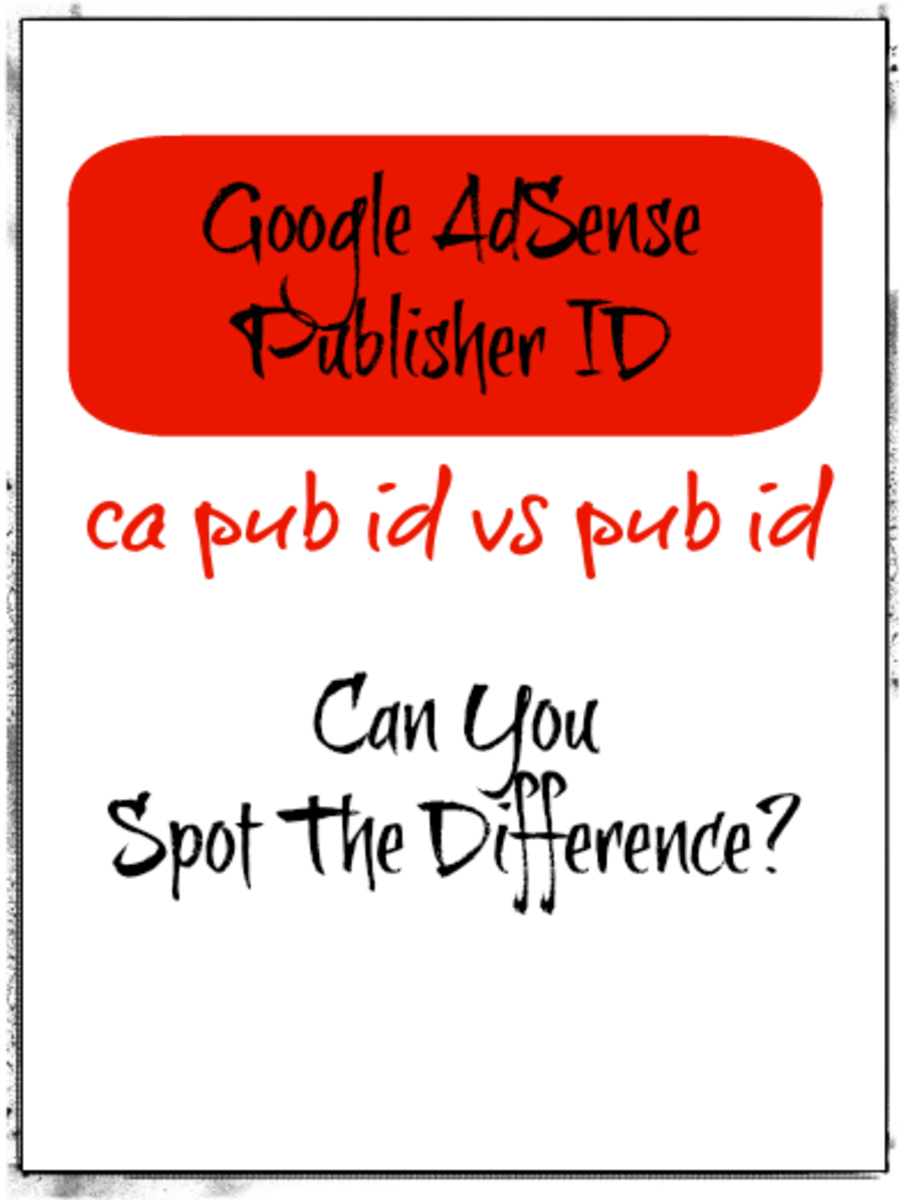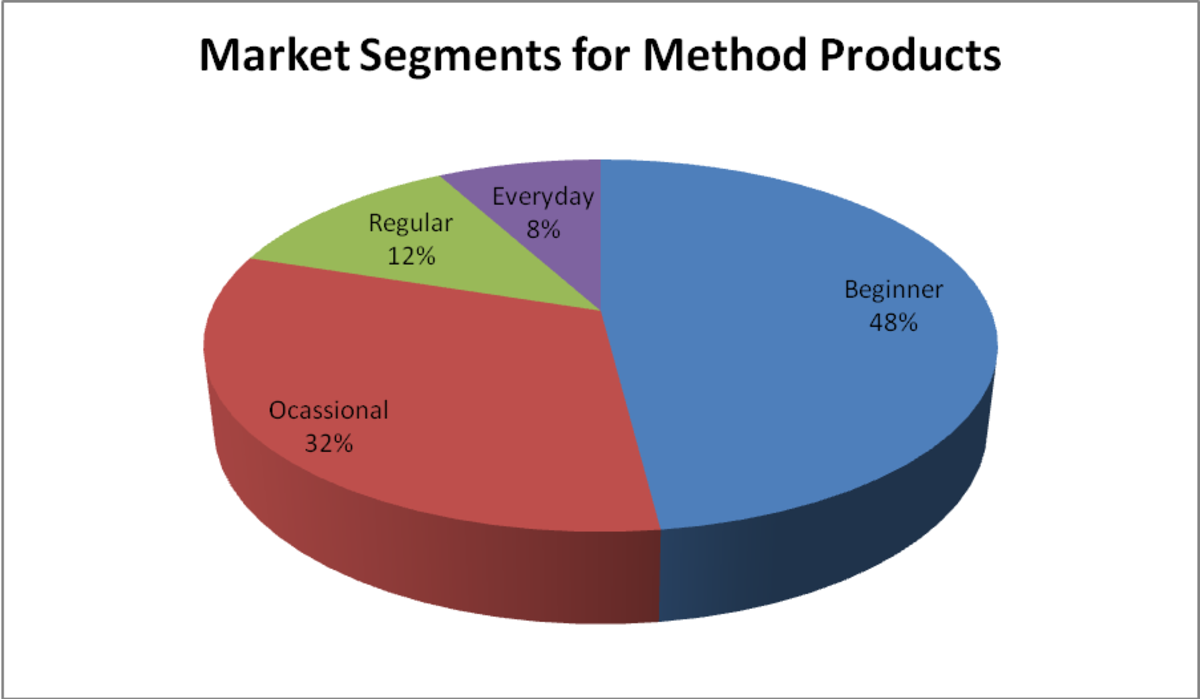Co-Branding

Co-Branding
Co-Branding or Brand Partnership refers to an alliance between 2 Brands, that typically leads to specific sales or Brand Management objectives for both parties. Co-Branding may be used for:
- Creating a new Brand identity/ revenue stream- When Coca Cola wanted to fight Unilever's 'Lipton' range in the cold drinks space, it needed a partner. Coca Cola had no association with tea and it clearly needed a partner. That led to its partnership with Nestle, resulting in the launch of 'Nestea'. Nestea is created by Nestle and benefits from the Nestle Brand name but is distributed by Coca Cola and adds to its revenue stream
- Strengthening an existing Brand- When Pilsbury Brownies are advertised highlighting Nestle Chocolate as an ingredient, when Dell computers come with 'Intel inside', or when ICICI Bank launches the Yatra(.com) credit cards, both the Brands involved in the co-branding get strengthened, by leveraging off each other's strengths.
- Building new associations- When Coca Cola associated itself with the 1996 Cricket World Cup with a campaign declaring itself as the official sponsor of the event, Pepsi retaliated with the campaign "Nothing Official About It". It set and entirely new tone to the Cola wars with Brands developing new associations.
- Sales promotion- When Band Aid launched a campaign giving out free coupons for a pizza for kids at Pizza Hut, both the Brands achieved significant Sales growth by leveraging on synergies.
Apart form this, co-branding can also help brands survive, or even grow during downtimes, by create new revenue streams, increase momentum and raise brand awareness, while reducing costs.
The Case for Co-Branding
As per research in co-branding, the following 2 theories have been formed to explain how consumers perceive co-branding:
- Cognitive Consistency: Consumer tend to assimilate their attitude towards the parent brands such that their attitudes towards the co-brand are an averaging of the parent brand attitudes.
- Information Aggregation - As new information is received, it is processed and integrated into existing beliefs and attitudes. Among this new information, salient and accessible information is likely to be given greater weight.
- Preexisting attitudes towards the parent brand, the perceived fit of the parent Brands' product categories and the perceived similarity in the image of the 2 parent brands all lead to the consumers being positively predisposed towards the cobranded product
- The stronger parent Brand has a higher impact on attitude towards the co-branded product
- The co-branded product has a spillover / post promotion attitude change on the lesser known brand. However, the stronger brand has little or no impact.
Choosing the right partner
The complementarity of the parent brands and the attributes they lend to the co-branded product are clearly the most important criteria when choosing the right partner. The things that one needs to understand when choosing a co-branding partner include:
- The entire bundle of real and perceived benefits that each brand stands for.
- The core value proposition of each brand. The top association that the consumer makes with the Brand. Is the core value of the parent brands, complementary? If yes, this is probably the best case scenario and you should consider a co-branding opportunity.
- In case the parent brands do not have core complementarity, you need to ask if there is extended complementarity. This may happen when the 2 brands do no share the same core value but can benefit from each others core value. This is what happened when Nike tied up with Michael jordan and launched 'Air Jordans'. They have been the best selling basketball shoes since 1987 and became an independent Brand in 1997.
- Sometimes it is not the value proposition of the Brand but the target audience that is complementary. Target audience based co-branding may be used for:
- Increasing penetration/ share of wallet with existing consumers- This is often the case when co-branding happens with component suppliers. Some examples are - Dell & Intel, IBM and Microsoft, Dreqyer's M& M Ice cream, Jell-O No bake Oreo Cheesecake. The risk here is that of creating a competitor, in case the core value of both the brands is also similar as the component supplier may decide to launch a final product under its own brand at a later date.
- Entering new markets - This has often happened in the retail space, wherein the availability of multiple brands/products at the point of decision making ensures that people choose to visit your stores rather than competitors'. Food courts work on these principles and combinations like Carl's Jr Hamburgers/ Green Burrito/ Baskin Robbins and Circle K (Convenience Store)/ 76 (fuel) are on these lines. These tie ups may include offering the consumers higher depth of choice by offering a larger range of options to choose from, or higher breadth, by offering a larger range of mutually exclusive products to enable consumers to buy more.
- Increase market share in the partner's market- In case the partner has a market, where one's own brand has limited market share, one may choose to create a partnership for benefitting from the image enhancement that the partnership may lead to. This is why so many online retailers are tying up with Paypal to add credibility their site and make sure users do not have trust issue when making an online purchase. This is also the logic behind product ranges that take off on the back of celebrity names.
- Reaching out to new markets - This happens when both brands independently are not able to capture as much of a market as both of them can do, if together. The Hovers Vaccum Cleaner for washing and drying hard floors, using Lysol cleaners and Old English furniture polish are an example of this. Although co-branded credit cards would clearly form the largest volumes in this category of co-branding.
Wooqer - A tool for creating co-branding opportuntities
Wooqer is an interaction optimization services company that provides an online platform along with proprietary software and Analytics for enabling Marketeers to create Co-Branding and Joint promotion opportunities.
Using www.oem.wooqer.com, any brand, component supplier, or product manufacturer can associate his/her product with brands and product categories to explore joint promotion possibilities. Wooqer helps Marketeers get access to a large and global range of products for co-branding and also provides them the tools and analytics to help make the right decision.



